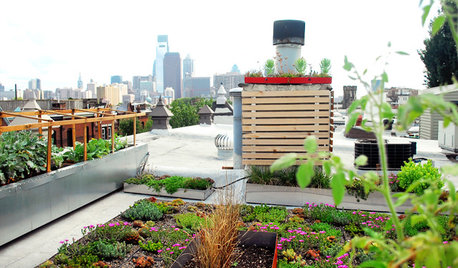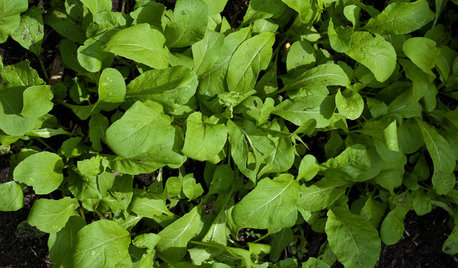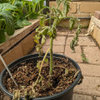Confirmed Fusarium, Now What?
mojavebob
14 years ago
Related Stories

COLOR9 Fun Ceiling Colors to Try Right Now
Go bold overhead for a touch of intimacy or a punch of energy
Full Story
KITCHEN DESIGNTrending Now: 25 Kitchen Photos Houzzers Can’t Get Enough Of
Use the kitchens that have been added to the most ideabooks in the last few months to inspire your dream project
Full Story
HOME INNOVATIONSNow Approaching the Emerald City
Urbanites are spraying moss graffiti on walls and covering roofs in plants — and city regulators and designers are supporting the cause
Full Story
COOL-SEASON CROPSCool-Season Vegetables: How to Grow Salad Greens
From arugula to radicchio, greens have taken a top spot on the table and in fall and winter gardens. See how to start growing them now
Full Story
LIVING ROOMSRoom of the Day: Redone Living Room Makes a Bright First Impression
A space everyone used to avoid now charms with welcoming comfort and a crisp new look
Full Story
SMALL HOMESHouzz TV: See a Man Turn a ’70s Airstream Into a Cool, Happy Home
You may have already read the article on Houzz — now check out the video of Jordan Menzel’s restored Airstream trailer home
Full Story
DECORATING GUIDESHow to Savor Your Beautifully Imperfect Home
Hardly anyone escapes home design envy. These strategies can help you appreciate your home for all it offers you right now
Full Story
ENTERTAININGA Place for Everything: Beautiful Ways to Style Your Table
Polish your silver and pull out your china as we look at how tables were laid out traditionally and how they shine now
Full Story
HOUZZ TOURSHouzz Tour: From Shocker to Stunner in Houston
Once moldy and decrepit, this 1920s bungalow is now a neighborhood gem
Full Story
DECORATING GUIDESFlea Market Finds: Demijohns Around the Home
Once purely functional, now decorative, these bottles are worth the hunt
Full Story






containerted
mojavebobOriginal Author
Related Professionals
Wrentham Landscape Architects & Landscape Designers · Quincy Landscape Architects & Landscape Designers · Matthews Landscape Contractors · Ashburn Landscape Contractors · Belmont Landscape Contractors · Seminole Landscape Contractors · South Portland Landscape Contractors · Spring Landscape Contractors · Winchester Landscape Contractors · Reisterstown Landscape Contractors · Johns Creek Siding & Exteriors · Marion Siding & Exteriors · South Glastonbury Siding & Exteriors · West Elkridge Siding & Exteriors · Wilmington Siding & Exteriorsjean001
organic_jeannie
mojavebobOriginal Author